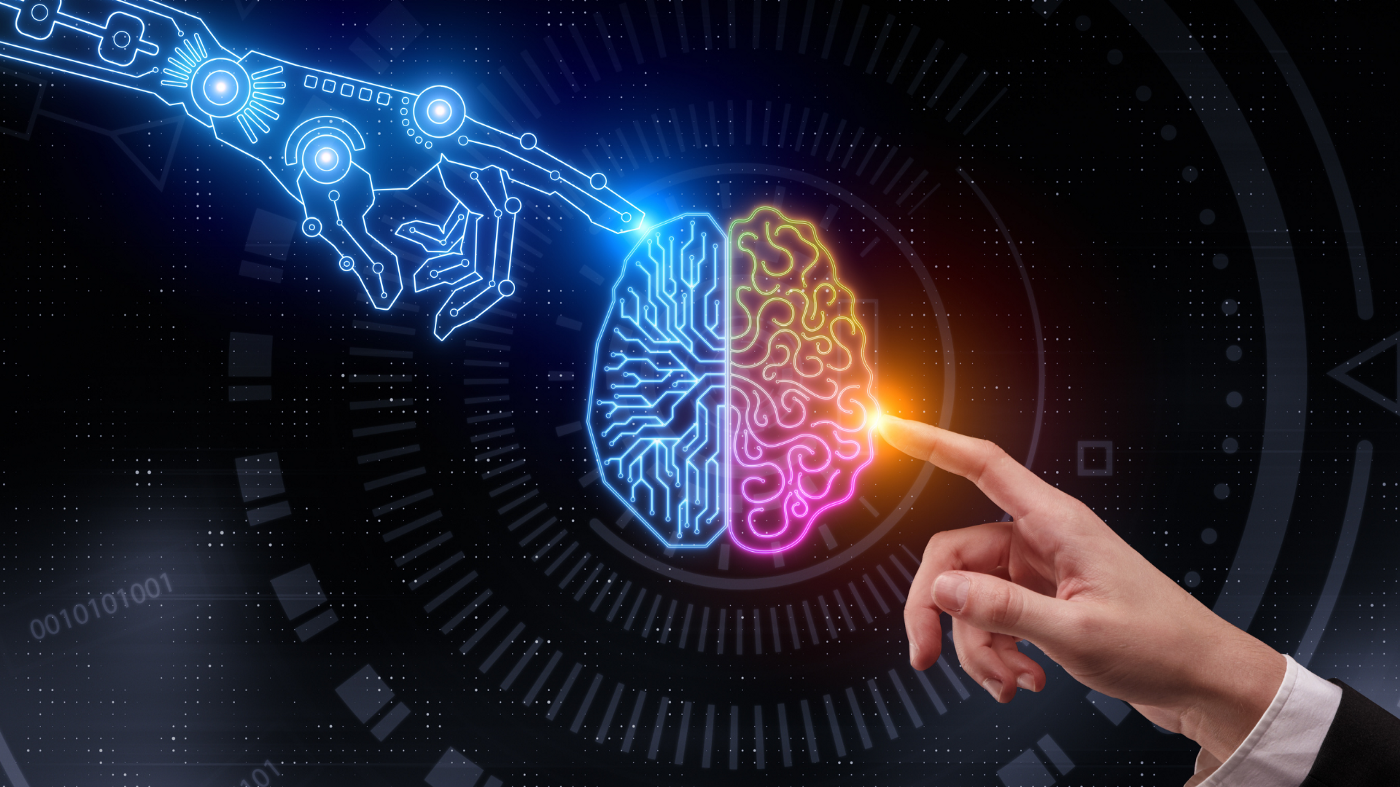In a Training Industry Inc. study, 59% of salespersons rated their training as always or almost always ineffective. Such a damning opinion can wear down sales teams’ confidence in their trainer’s and employers’ ability to put together a program aimed at real customer-facing skills. In the same vein, employers might lose faith in their sales teams’ ability to meet revenue goals, given that reps’ motivation and morale are drying out.
The best sales training providers say companies can tap into AI’s power to close the widening confidence gap between employers and their sales teams. That said, here are three ways AI will shape sales training in the future to meet the demands for effective sales training.
More Interactive Sales Training
Today, role-play is a favorite in sales training classrooms. The activity involves trainees acting out a sales scenario as the trainer typically takes notes. Despite its popularity, role-playing carries some weighty limitations.
For one, mimicking sales scenes can be a distraction for learners, especially since the scenarios rarely represent actual real-world scenarios. Also, providing detailed feedback to all the participants can be an uphill battle of trying to be in all places at the same time, watching every interaction between participants. In contrast, AI can take on vast numbers of trainees and still keep a careful eye on each student’s progress combined with regular feedback.
Soon, virtual tutors are likely to take the front seat of sales training. Augmented reality will welcome avatars created to act out various customer traits and biases. From the easy-going to the hard-boiled, trainees can get a feel of various customer personality types. By handling varying objections, trainees can get as close to a real experience as possible without the risks of an actual sales interaction.
Also, AI can offer real-time evaluation of the trainee’s performance, including their:
- tone of voice
- speech speed
- eye contact
- filler words
- body language
Closing Sales Skills Gaps
A sales skills gap is the gray area between a team’s actual ability and the skills and knowledge they need to yield the best possible results.
According to a recent Harvard Business Review survey, 89% of executives and 59% of hiring managers said they were having trouble singling out applicants with the necessary soft skills to do the jobs, such as:
- leadership
- communication
- teamwork
This finding ties in with another survey by McKinsey Global Survey in which 87% of executives said skills gaps in the workforce were a major issue.
Since skills gaps are not always obvious, coaches can burn their sales training goals into AI and let the technology test learners for areas that need improvement. Using this information, AI can then offer tailored training materials to help employees reach the standards set by their company while learning at their own pace.
Personalized Training
A lot of companies have been guilty of dishing out one-size-fits-all training to all their sales teams without a second thought. The unique knowledge and experience of each employee as well as their specific needs are not taken into mind when signing up for new training courses. This contributes to a lot of wasted time and resources on courses that fly over the employees’ heads.
On the other hand, AI will take into account that people learn in different ways. Artificial intelligence can meet employees at their point of need by offering tailor-made learning experiences. This technology can help sales coaches to curate training materials to fit an employee’s style. Sales trainers can then pick either of these two course-tailoring choices.
Adaptive Learning
Using the adaptive learning method, the trainer can set up AI with the resources required to get learners on the rails. By digging into the employees’ behavior and way of speaking, AI can whip out valuable materials and tasks for each employee.
Suppose a trainee learns faster through audiovisual elements. AI might set the employee up with extracurricular activities to pass the same message it’s offering other trainees through plain text, or audio.
Behavioral Learning
In the behavioral learning approach, AI might look into each trainee’s data to find patterns in behavior and actions. Then the platform can come up with examples and settings to help the trainee turn to their preferred mode of learning. For example, suppose an employee shows they learn more productively by using their ears rather than their eyes. In that case, AI can tune the training content to focus on the learner’s hearing senses.
Behavioral teaching aims to speed up learning by offering course content through the participant’s learning style and preference. Once AI spots a pattern, it can impart skills effectively. This can be a quick way to place sales skills at the employees’ fingertips.
A Revolution in the Offing
AI is ready to turn a new leaf on the sales training story. The technology seems to hold the key to highly personalized learning experiences. AI will likely reshape the training landscape by improving interactions between sales teams and customers.
